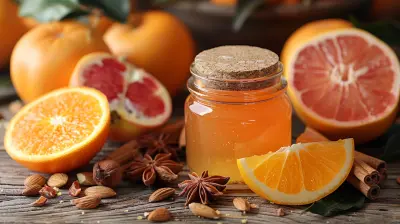Cooking Tips for Maximizing the Health Benefits of Fats
15 April 2025
Fats have had a bad rap for years, but they’re an essential part of a healthy diet. The truth? Not all fats are created equal. When used correctly, they can boost brain function, support heart health, and keep you feeling full and satisfied. But if you’re not careful, heat and processing can strip these healthy fats of their benefits—or even turn them into harmful compounds.
So, how do you get the most out of your fats in the kitchen? Let’s dive into some clever cooking tips to keep those good fats working for you, not against you.
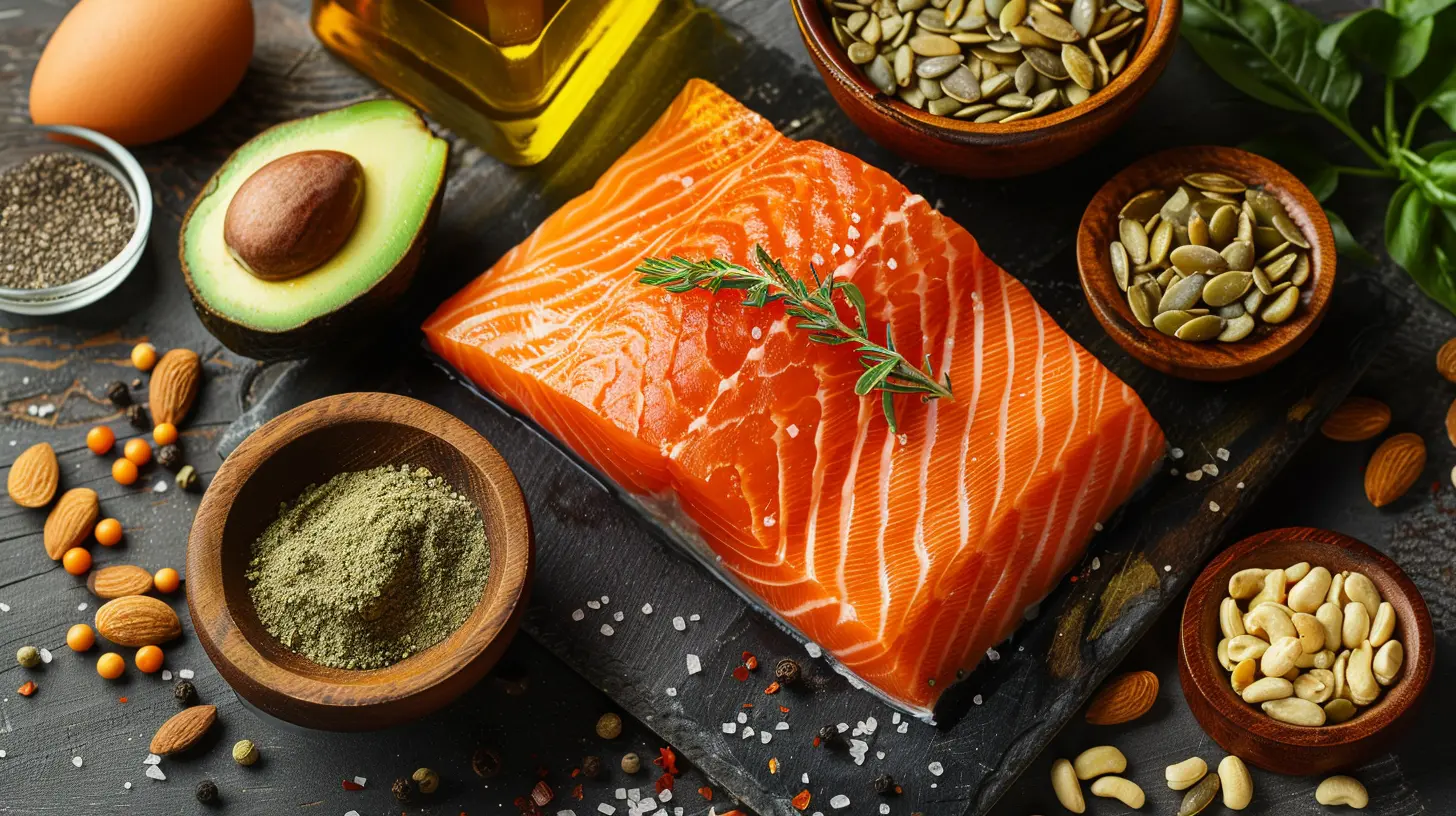
Understanding Healthy vs. Unhealthy Fats
Before we get into the cooking hacks, let’s break down the different types of fats.- Healthy Fats: These include monounsaturated and polyunsaturated fats found in foods like avocados, olive oil, nuts, seeds, and fatty fish. Omega-3 fatty acids (a type of polyunsaturated fat) are particularly beneficial for brain and heart health.
- Unhealthy Fats: Trans fats and some saturated fats found in processed foods, deep-fried meals, and hydrogenated oils can increase the risk of heart disease and inflammation.
Now that we know what’s good and what’s not, let’s talk about how to cook with fats the right way.
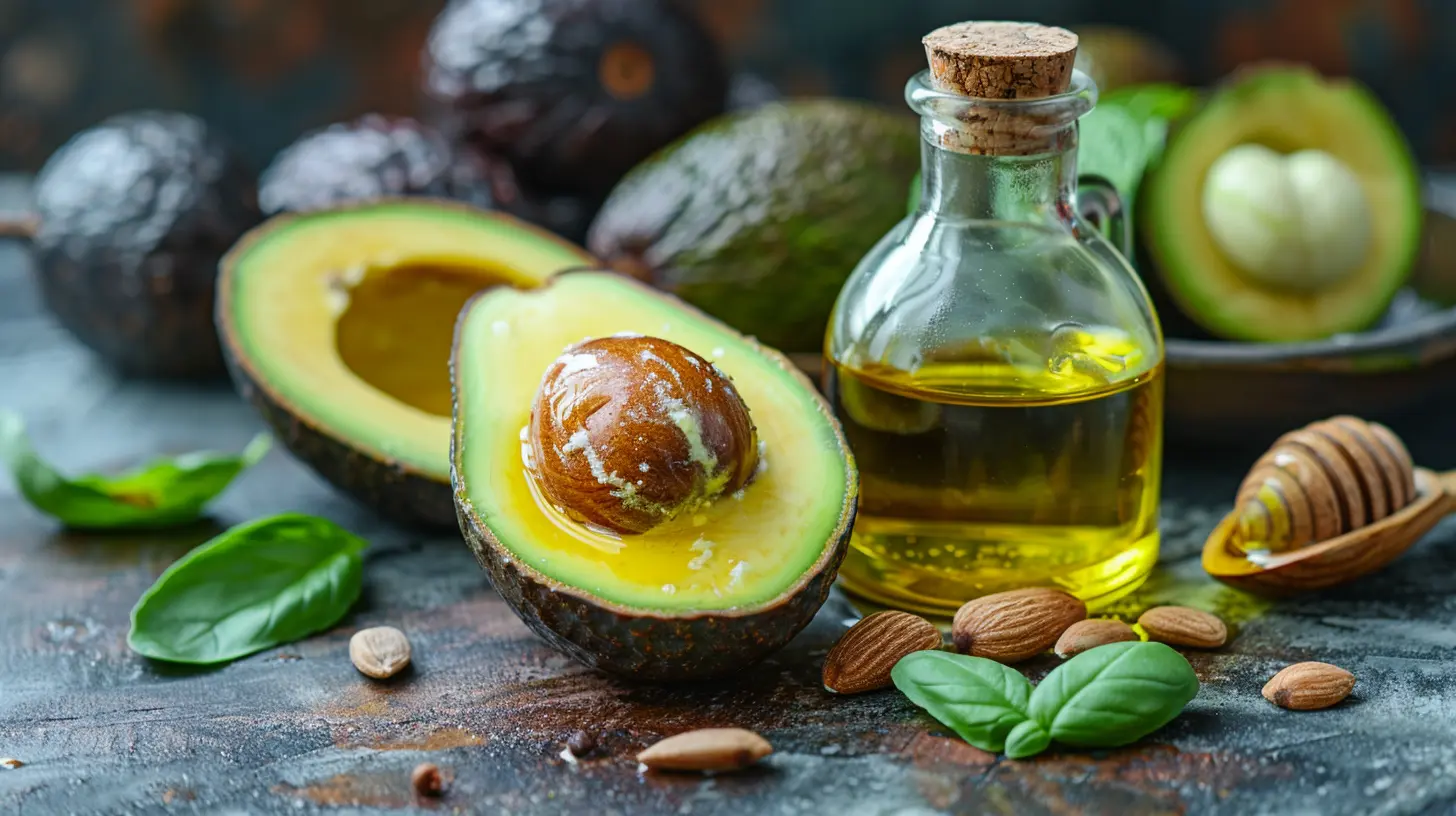
1. Choose the Right Cooking Oil for the Right Temperature
Not all cooking oils can handle the heat. Every oil has a smoke point—the temperature at which it starts to break down and release harmful compounds.Here’s a quick guide:
| Cooking Oil | Best For | Smoke Point |
|-------------|-----------|-------------|
| Extra Virgin Olive Oil | Low-heat sautéing, dressings | ~375°F (190°C) |
| Avocado Oil | High-heat cooking, grilling | ~520°F (271°C) |
| Coconut Oil | Baking, medium-heat cooking | ~350°F (177°C) |
| Butter/Ghee | Sautéing, roasting | ~450°F (232°C) |
| Flaxseed Oil | Drizzling, cold dishes | Do not heat |
Pro Tip: If an oil starts smoking in your pan, it’s too hot! You’ve not only lost its health benefits, but you may also be releasing harmful free radicals into your food.
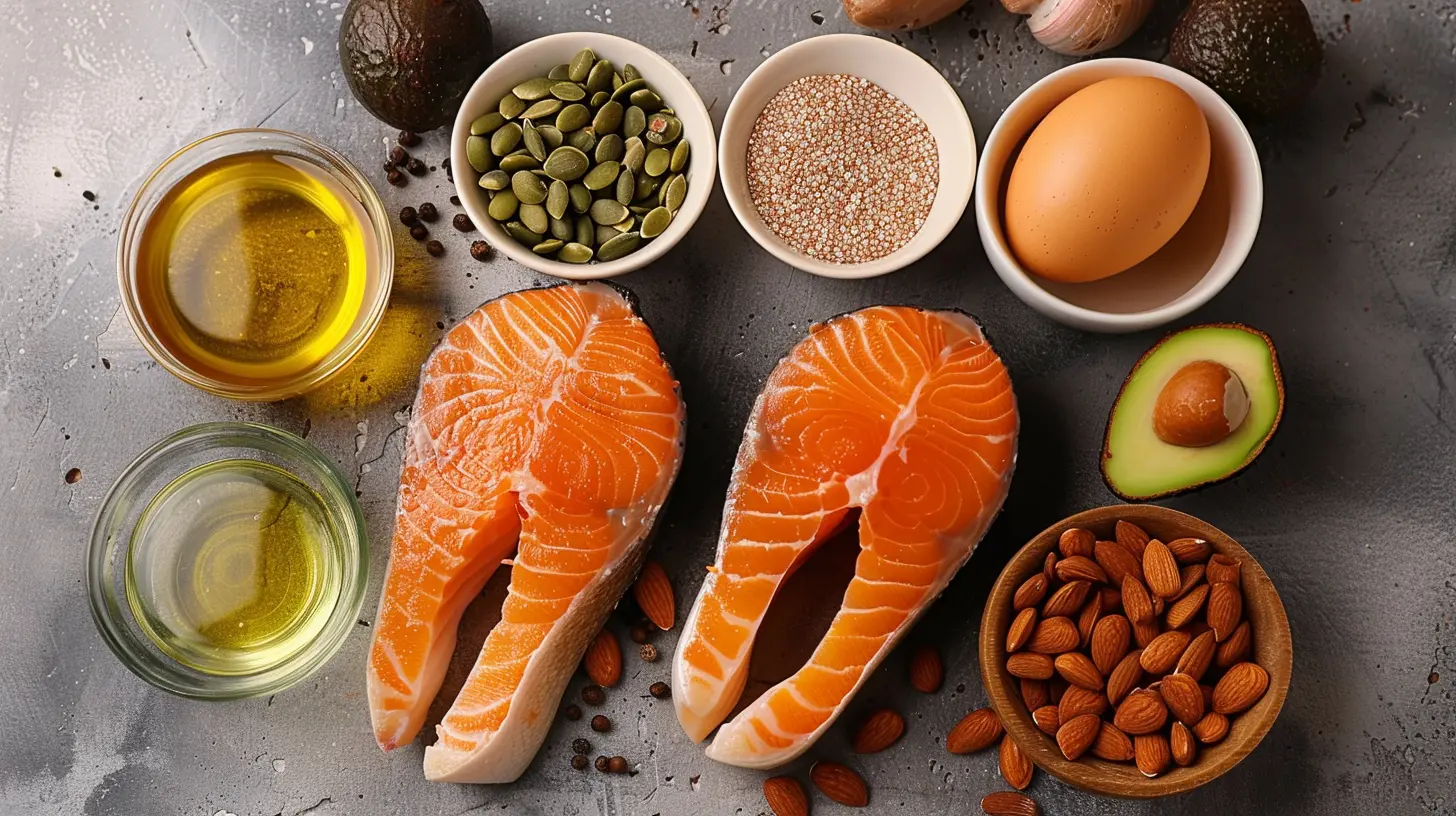
2. Use Extra Virgin Olive Oil for Low-Heat Cooking
Extra virgin olive oil (EVOO) is full of monounsaturated fats and antioxidants, but it’s sensitive to high heat. Use it for low-heat cooking, like sautéing vegetables or drizzling over finished dishes.For high-heat methods like frying? Switch to something more heat-stable, like avocado oil.
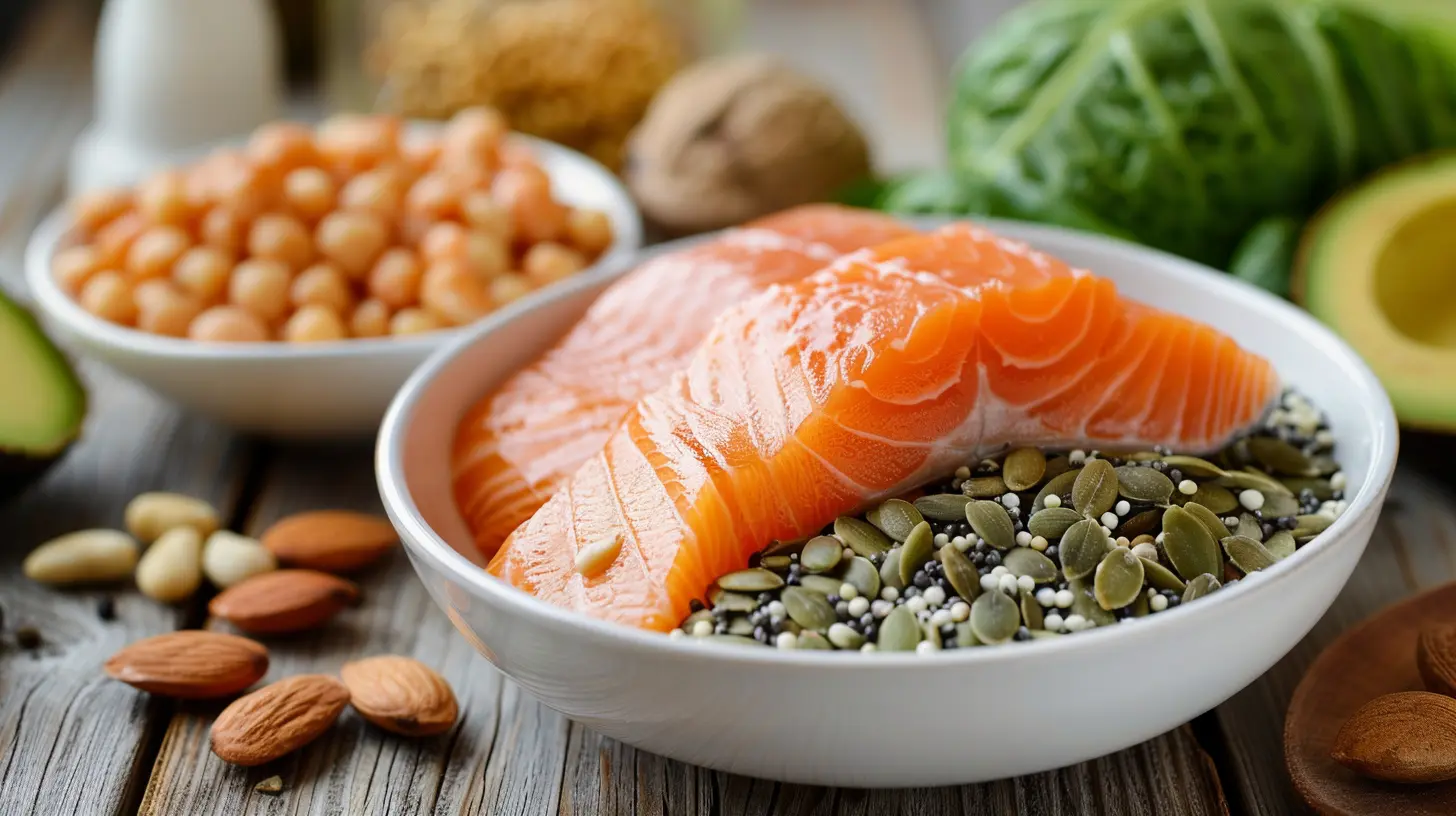
3. Cook with Butter or Ghee Instead of Margarine
For years, margarine was marketed as a “heart-healthy” alternative to butter. But guess what? Most margarines are packed with partially hydrogenated oils, which contain trans fats—one of the worst fats you can eat.Instead, go for grass-fed butter or ghee (clarified butter). These fats are naturally rich in nutrients like vitamin K2 and butyrate, a compound that supports gut health.
4. Don’t Overheat Your Oils
Overheating oils damages their structure, making them lose nutritional benefits and sometimes even turn toxic.- If you’re roasting vegetables, toss them in oil after they’re cooked instead of before.
- When frying or sautéing, use medium heat instead of cranking it all the way up.
5. Balance Omega-3 And Omega-6 Fats
Most people eat way too many omega-6 fats (found in processed vegetable oils) and not enough omega-3s (found in fatty fish, walnuts, and flaxseeds). This imbalance can increase inflammation in the body.To fix this:
- Cut back on canola, soybean, and corn oils (common in processed foods).
- Add more omega-3-rich foods like salmon, chia seeds, and walnuts to your diet.
6. Avoid Deep-Frying and Opt for Healthier Cooking Methods
Deep-frying food in vegetable oil might taste delicious, but it’s one of the worst things you can do to your fats. High temperatures oxidize the oil, creating harmful compounds linked to inflammation and disease.Try these instead:
- Baking or Roasting: Uses less oil while keeping food crisp.
- Steaming or Poaching: Retains nutrients without added fat.
- Air-Frying: Gets that crispy texture using a fraction of the oil.
7. Store Oils Properly to Prevent Rancidity
Oils can go rancid if exposed to heat, light, or air for too long. This not only makes them taste bad but also reduces their health benefits.Keep oils fresh by:
- Storing them in dark glass bottles away from direct sunlight.
- Keeping delicate oils (like flaxseed or walnut oil) in the refrigerator.
- Buying smaller bottles to ensure you use them before they go bad.
8. Use Whole Food Sources of Healthy Fats
Cooking with oils is great, but don’t forget about whole food sources of fats. These foods provide fiber, vitamins, and other nutrients you won’t get from just the oil.Some great options:
- Avocados – Perfect for salads, toast, or even smoothies.
- Nuts and Seeds – Great for snacking or adding crunch to meals.
- Fatty Fish – Salmon, sardines, and mackerel are packed with omega-3s.
9. Pair Healthy Fats with the Right Foods
Did you know that some vitamins only dissolve in fat? Vitamins A, D, E, and K need fat to be absorbed properly.Next time you eat:
- Drizzle olive oil over your salad to help absorb all those nutrients.
- Add some avocado or nuts to your smoothie for a nutrient boost.
- Cook your vegetables with a little healthy fat to maximize their vitamin absorption.
10. Be Mindful of Portion Sizes
Even the healthiest fats are calorie-dense, meaning a little goes a long way.- A tablespoon of olive oil? About 120 calories.
- Half an avocado? Roughly 160 calories.
- A handful of almonds? Around 170 calories.
Instead of drowning food in oil, use just enough to enhance flavor and reap the benefits.
Final Thoughts
Fats don’t have to be the enemy—in fact, when used the right way, they’re one of the most powerful tools for a healthy, balanced diet. The key is choosing the right fats, cooking with care, and using them in the right proportions.So, next time you step into the kitchen, remember these tips and make your fats work for you, not against you. Because when it comes to good health, every drop counts!
all images in this post were generated using AI tools
Category:
Healthy FatsAuthor:

Sophia Wyatt
Discussion
rate this article
4 comments
Cora McConnell
Great article! It's so important to understand how to use fats wisely in our cooking. Your tips empower us to make healthier choices while enjoying delicious meals. Keep inspiring!
May 10, 2025 at 4:19 PM

Sophia Wyatt
Thank you for your kind words! I'm glad you found the tips helpful—cooking wisely with fats can truly make a difference. Happy cooking!
Nellie McNeil
While essential, fats should be balanced with whole foods; emphasizing quality sources like avocados and nuts enhances both flavor and health.
April 18, 2025 at 3:15 PM

Sophia Wyatt
Thank you for your insight! I completely agree—balancing fats with whole foods like avocados and nuts not only boosts health benefits but also elevates flavor.
Peyton Howard
This article highlights the often-overlooked benefits of fats in our diets. I appreciate the emphasis on choosing healthy options and cooking methods that preserve nutrients. It’s a fresh perspective that encourages us to rethink our relationship with fats. Mindful cooking can truly enhance both flavor and health.
April 17, 2025 at 4:58 PM

Sophia Wyatt
Thank you for your thoughtful comment! I'm glad you found the article's perspective on healthy fats and mindful cooking valuable. Embracing these ideas can indeed transform our meals for both flavor and health!
Hannah Sullivan
Great insights! Understanding how to select and cook with healthy fats can truly transform our meals. Incorporating the right fats not only enhances flavor but also boosts nutrient absorption, supporting overall health. Thank you for sharing these valuable tips!
April 16, 2025 at 3:14 AM

Sophia Wyatt
Thank you! I'm glad you found the tips helpful. Incorporating healthy fats is a simple yet impactful way to enhance both flavor and nutrition in our meals!
